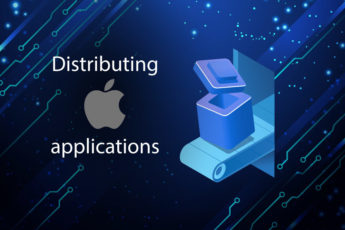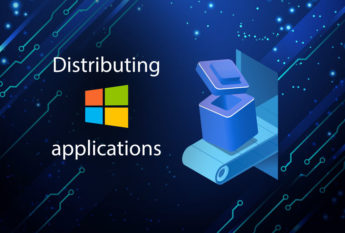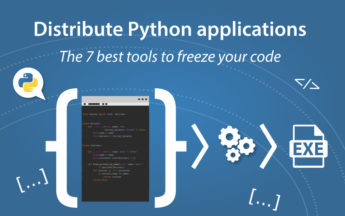Distributing macOS applications
This article presents all necessary steps to get your macOS application into the hands of your users. I list and compare the four distribution and packaging options: the macOS app store, package managers like Homebrew, Disk images (dmg) files, and installers (pkg files). I also introduce the signing and notarization process. Introduction In my previous … Read more










